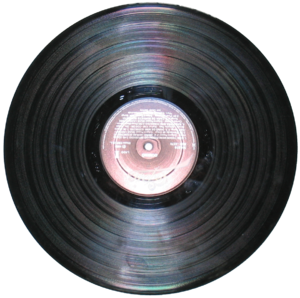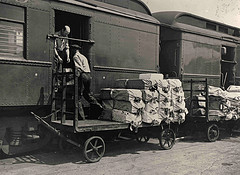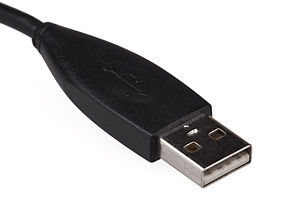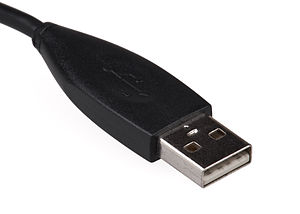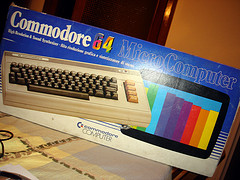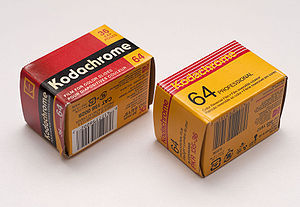Last week, we were complaining that traditional print media is missing the opportunities of putting a good quality version of their content online. If the electronic version of the New York Times is better than the Kindle version, and the electronic version is free, than the paper is missing its opportunity to get our money.
It was 15 years ago this week that the New York Times unveiled its website. Perhaps the Publisher described the mission statement best at the time. “We see our role on the Web as being similar to our traditional print role — to act as a thoughtful, unbiased filter and to provide our customers with information they need and can trust.” The media is about the name. They have built trust. A website can build trust over time just in the same way as a newspaper. And if we want or demand a certain level of quality, it is not unreasonable for it to be paid for, either through direct subscription or through advertising.
That said, after fifteen years, Bloomberg reports that the New York Times has decided its paid service will be less than the $19.95 charge for its Kindle Edition, although this may be a promotion during the stage of early adoption. Confirmed details are not yet out. The Times, like other newspapers, has yet to establish how much of their content will stay free, and how much will be paid for.
The Times seems set to move to a consumption based model, with a set number of articles free each month, and heavy users paying a subscription fee. Print subscribers will get full online access with no extra charge. So far, the paywall model has not been entirely successful at any of the newspapers which have implemented it. So the Times may be setting itself up for failure.
The Teleread article on the story had an interesting model suggestion in its comments. ‘Howard’ suggested that as paywalls have been less than successful, a micropayment system might be more effective, where people put money into an account and each time they access an article, money is deducted from that prepaid account.
 Amazon launches AutoRip for vinyl, pairs MP3s with your records(theverge.com)
Amazon launches AutoRip for vinyl, pairs MP3s with your records(theverge.com)
 Amazon extends AutoRip to vinyl records(news.cnet.com)
Amazon extends AutoRip to vinyl records(news.cnet.com)
 Amazon offers digital songs to vinyl record buyers(sfgate.com)
Amazon offers digital songs to vinyl record buyers(sfgate.com)

